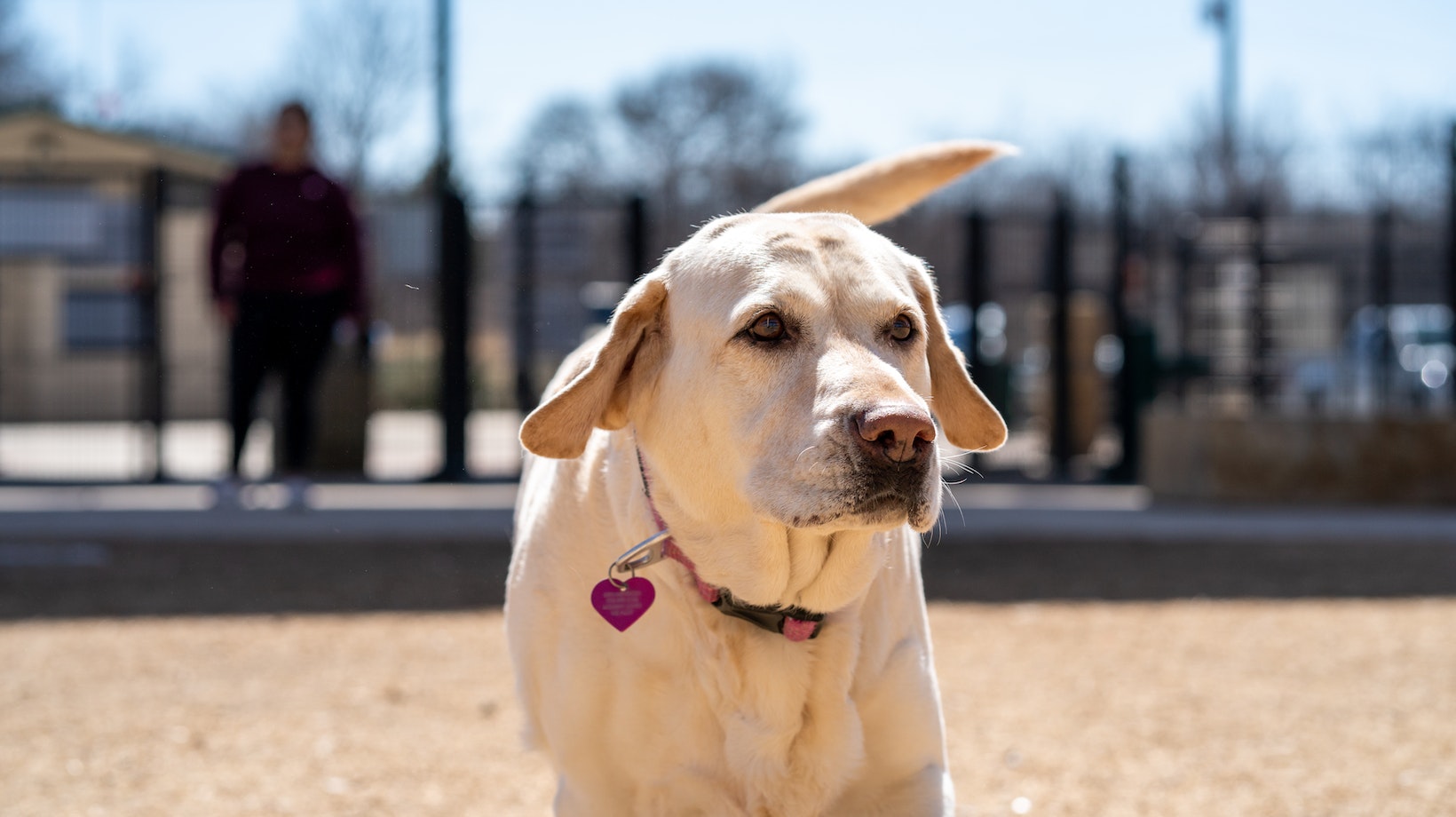How To Get A Puppy To Stop Biting You
When it comes to teaching bite inhibition to your Labrador puppy, one essential step is helping them understand the meaning of ‘no.’ This will establish boundaries and teach them that biting is not acceptable behavior. Here are a few tips on how to effectively communicate this message:
- Consistency is Key: Be consistent in using the word ‘no’ whenever your puppy bites too hard or tries to nip at you. Use a firm but calm tone of voice so they can associate the word with their actions.
- Positive Reinforcement: Instead of scolding or punishing your puppy when they bite, focus on positive reinforcement techniques. For example, when they refrain from biting or use gentler mouth pressure, reward them with praise, treats, or playtime.
- Redirect Their Attention: If your Labrador starts biting during playtime, gently redirect their attention towards appropriate chew toys or interactive games. This way, you’re providing an alternative outlet for their natural chewing instincts.
Using Gentle Redirection Techniques
In addition to teaching the meaning of ‘no,’ gentle redirection techniques can be effective in curbing excessive biting behaviors in Labradors:
- Trade Objects: Whenever your puppy bites you, promptly replace your hand or clothing with an appropriate chew toy. By offering an acceptable item to bite on instead, you’re redirecting their focus onto something more suitable.
- Time-Outs: If redirection doesn’t work and your Labrador continues to bite persistently despite verbal cues and toy alternatives, consider implementing short time-outs as a consequence for inappropriate behavior. Place them in a quiet area away from stimulation for a brief period (e.g., 30 seconds) before allowing them back into the main living area.
Introducing Bite Inhibition Exercises
- Yelp and Withdraw: When your puppy bites too hard, let out a high-pitched yelp to mimic the sound of a fellow littermate in pain. This sudden noise will startle them, causing them to momentarily stop biting. After yelping, calmly withdraw your attention for a brief moment before resuming play.
- Decrease Interaction Intensity: During playtime, gradually reduce the intensity of your interactions when your Labrador starts biting harder than desired. For example, if they bite too forcefully while playing tug-of-war, immediately stop tugging and offer an alternative toy instead.
Remember that consistency is key when teaching bite inhibition to your Labrador puppy. By using these techniques and reinforcing positive behavior, you’ll help them develop appropriate chewing habits and become well-mannered companions in no time.

Setting Consistent Boundaries And Rules – Establishing A Well-Behaved Puppy
- Begin with Basic Commands: Start by teaching your Labrador puppy basic commands such as “sit,” “stay,” and “come.” These commands lay the foundation for obedience training and help establish your role as the leader. Use positive reinforcement techniques like treats or praise to reinforce desired behaviors.
- Define Off-Limits Areas: Labradors are curious by nature, so it’s crucial to set boundaries regarding areas they should not access. Use baby gates or closed doors to restrict access to certain rooms or furniture until they learn appropriate behavior. Consistency is key here; always enforce these restrictions to prevent confusion.
- Implement Time-Outs: When your puppy displays unwanted behaviors like biting or excessive jumping, it’s important to address them promptly. Utilize time-outs as a way of correcting their behavior effectively without resorting to punishment or aggression. Choose a designated area where they can calm down, such as a crate or quiet room.
- Encourage Socialization: Labradors thrive on social interaction but need guidance on appropriate behavior around people and other animals. Organize playdates with well-behaved dogs and expose them gradually to new environments, sounds, and experiences while closely supervising their interactions.
- Be Consistent with Routine: Establishing a routine provides structure for your Labrador puppy, helping them understand what is expected throughout the day. Schedule regular feeding times, exercise sessions, training sessions, playtime, and rest periods so that they develop good habits quickly.
Conclusion: Setting consistent boundaries and rules is essential when training your Labrador puppy. By establishing clear expectations and maintaining a structured environment, you’ll help them become well-behaved companions. Remember to be patient, use positive reinforcement techniques, and reinforce desired behaviors consistently. With time and effort, your Labrador will grow into a disciplined and loving member of your family.